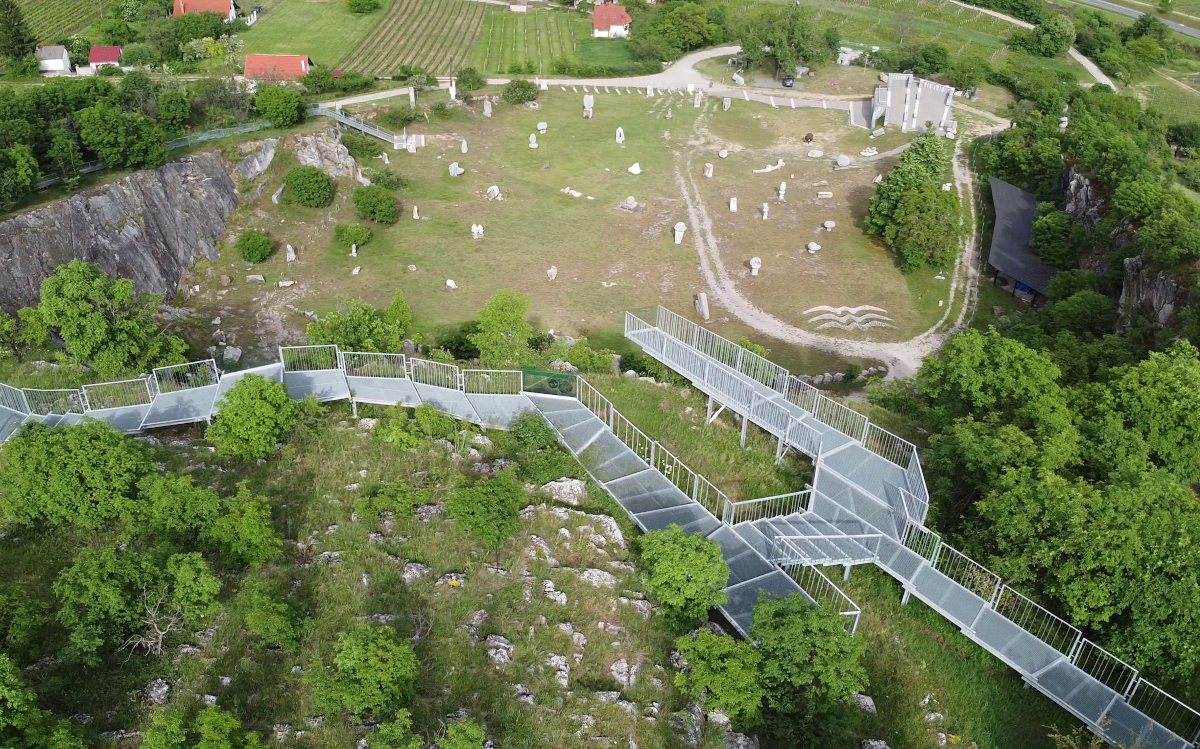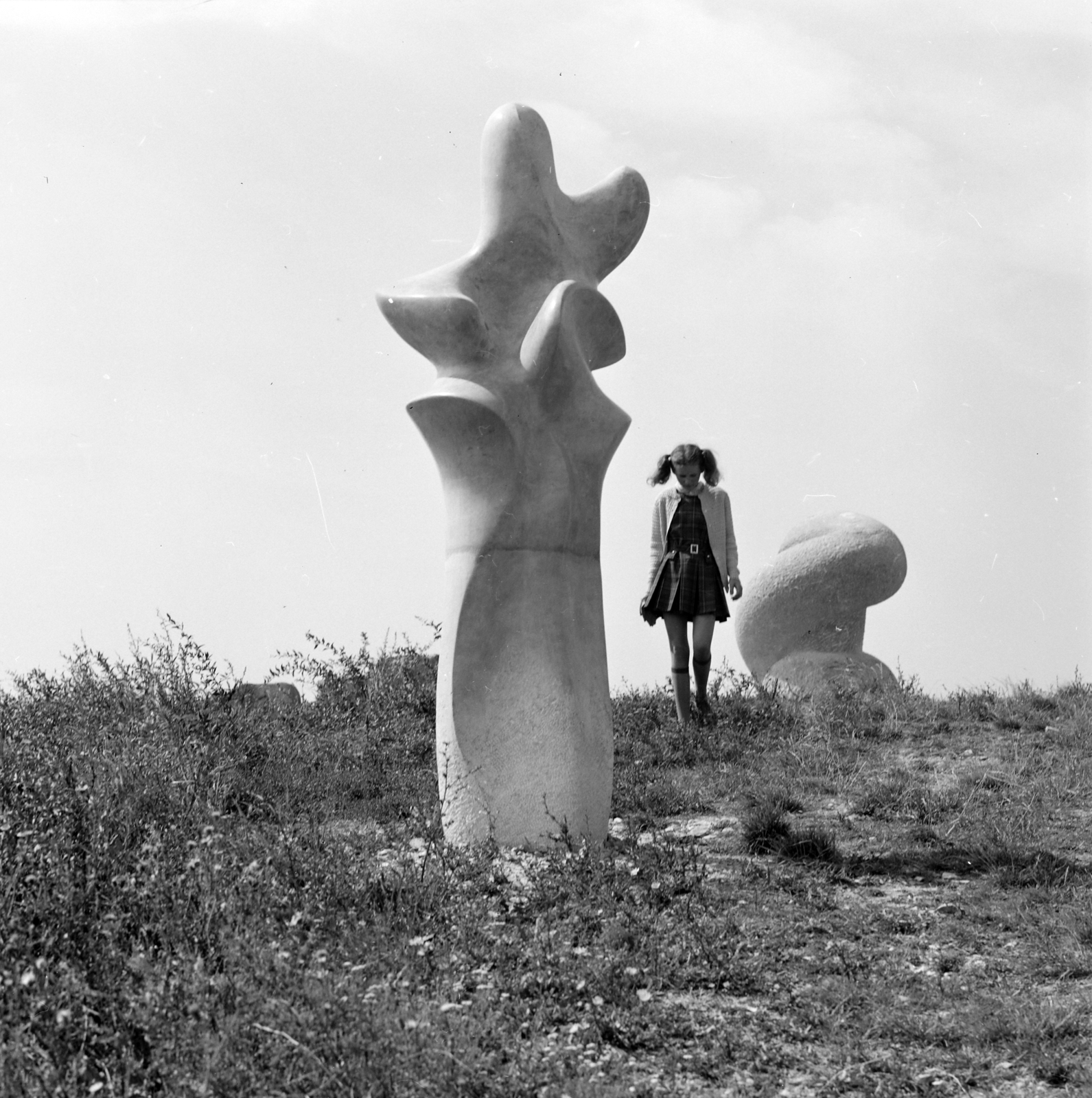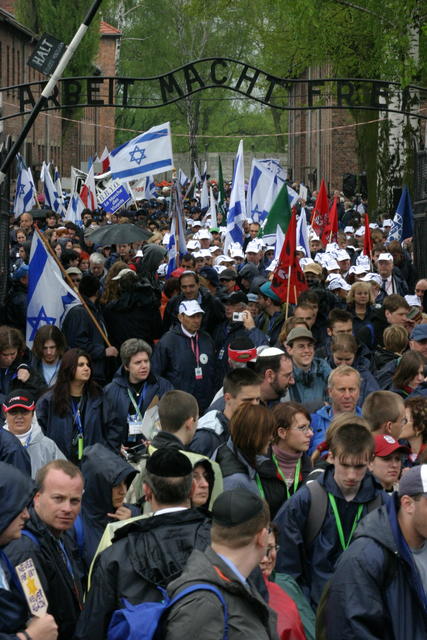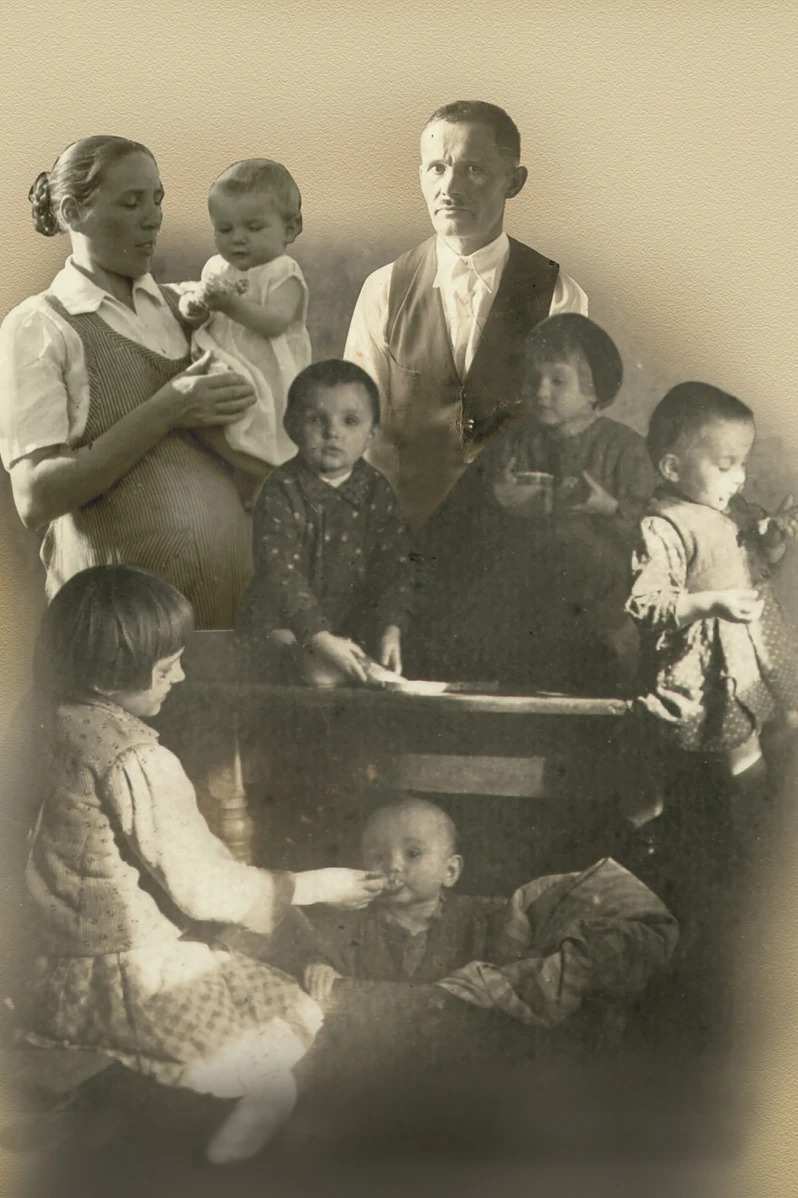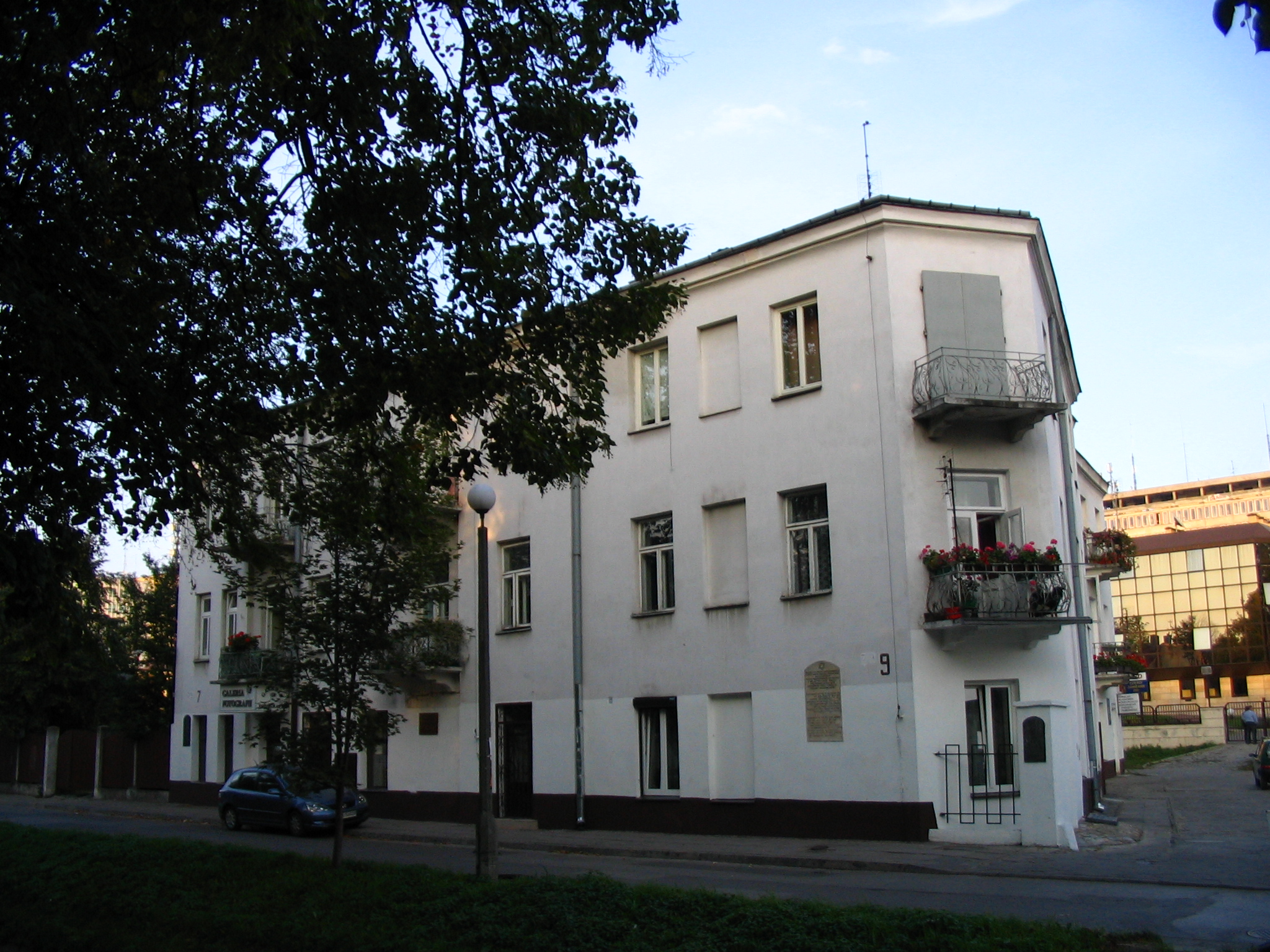Monument/Sculpture Park – Artists’ Journeys – Nagyharsány
Fact of the Hungarian figure „Stephen, the King rock opera – National emotions in communism„
Part of the „Culture against communism„ topic
The Nagyharsány Sculpture Park, established in 1967 in the Villány Hills of southern Hungary, stands as a testament to artistic resistance during the communist era. Initiated by sculptor György Jovánovics and a group of like-minded artists, the park became a sanctuary for creativity, where artists could explore abstract and avant-garde expressions far from the rigid socialist realism imposed by the state. This initiative emerged as part of the „Artists’ Journeys” movement, which sought to reclaim artistic freedom and foster cultural dialogue across Central Europe.
Located in an abandoned quarry, the Sculpture Park provided an unconventional setting where art could thrive, unbound by conventional expectations. Jovánovics and his contemporaries, including László Méhes and István Haraszty, created monumental works from the limestone unique to the region, combining traditional craftsmanship with modernist abstraction. These sculptures, often rich in symbolic meaning, subtly critiqued the oppressive political environment and celebrated the resilience of the human spirit.
The park also became a hub for international collaboration. Artists from Poland, Czechoslovakia, and Yugoslavia participated in annual symposia, creating a transnational network of cultural resistance. These events were instrumental in forging solidarity among Central European intellectuals and creatives, highlighting shared struggles under communist regimes while celebrating regional identities. During the 1970s and 1980s, the Nagyharsány Sculpture Park gained recognition as a site of quiet defiance. While official authorities often dismissed abstract art as apolitical, the works produced here challenged the regime’s control over artistic expression. Sculptures like Jovánovics’s „Fragment” subtly alluded to the fractures within society, while others celebrated freedom and individuality.
